I went for a walk this morning, and I decided to play with sun stars — that’s the effect you get when you get the sun, or part of the sun, in the image at a small aperture. The sun’s rays striking the diaphragm leaves cause radial spikes of light. If you’re going for part of the sun’s disk, it’s something that is hit-and-miss with an SLR; first, because your finger gets tired holding the DOF preview button down all the time, and second because the sensor and your eyes see bright light differently. Without a lot of luck, it’s impossible with a rangefinder camera; the difference in location between the finder and the lens means that they see the sun very differently, and, besides, there are no diaphragm blades in the finder’s optical system.
With an EVF camera, particularly one with a great finder like the a7R, it’s a piece of cake. I used the Leica 24mm f/3.8 Elmar, set to f/11 at ISO 1000. Here’s an unmanipulated sample with just the tiniest part of the sun not occluded:
After these heroic adjustments in Lightroom:
The image looks like this:
The JPEG compression and reducing the size for the web just ruins the star. Here it is at 1:1:
The center (shown here at 1:1) is pretty sharp, but diffraction has taken its toll:
What really impresses are the corners, which are shown here at 1:1 with 1 2/3 EV exposure push so you can see the details:
Upper left:
Lower left:
Lower right:
Upper right:
There’s a fair amount of noise — ISO 1000, big shadow move, and extra + 1.67 EV for visibility — ans some corner smear is evident, but the image isn’t half bad. I’ve not corrected for either falloff or color shading towards the corners.
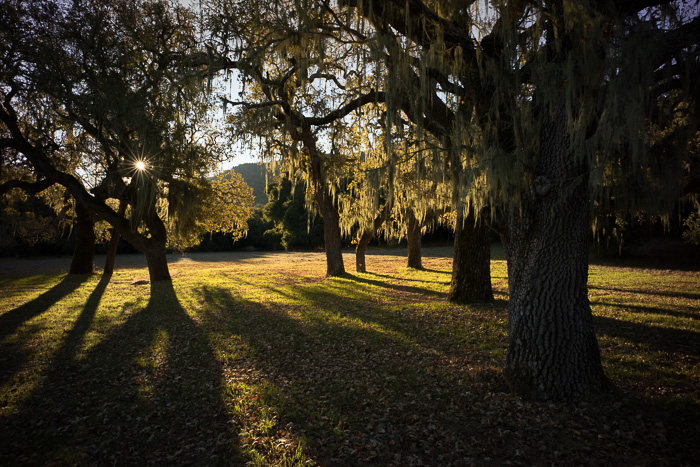
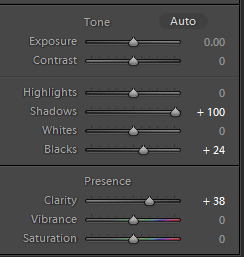
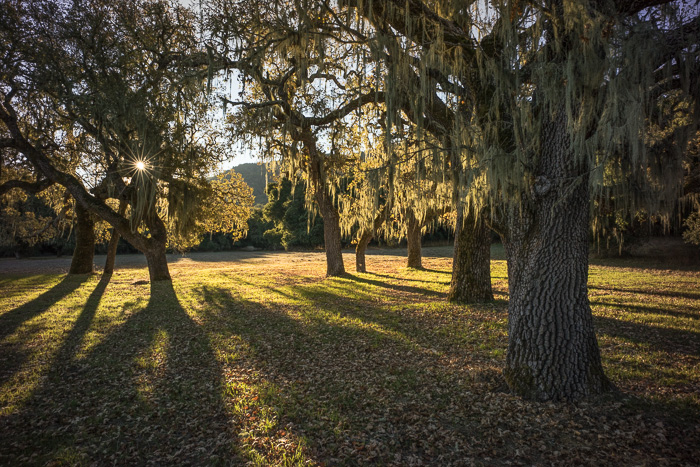
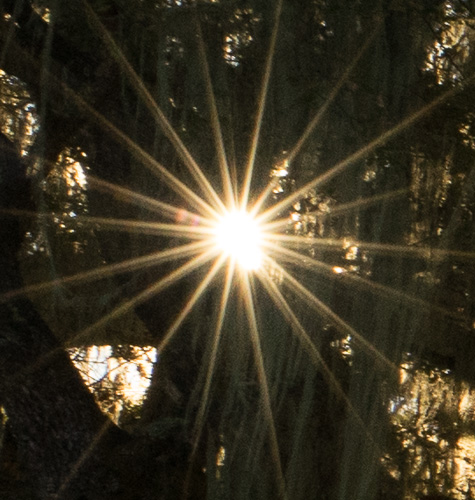
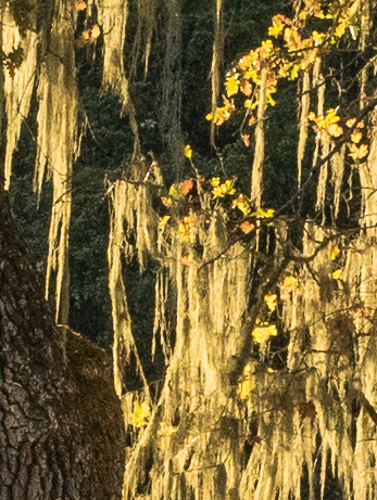
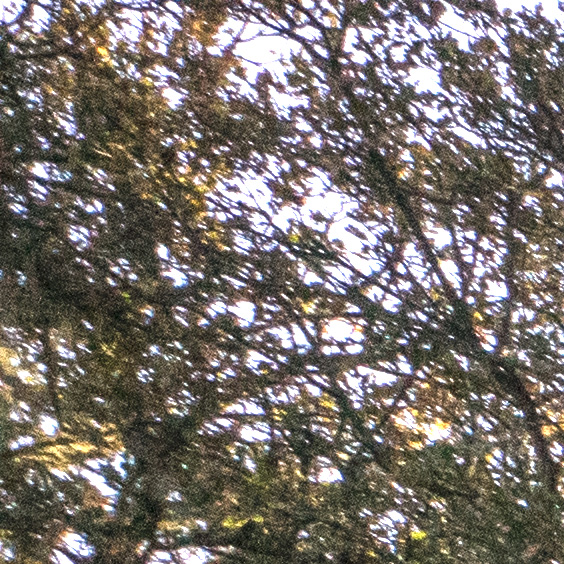
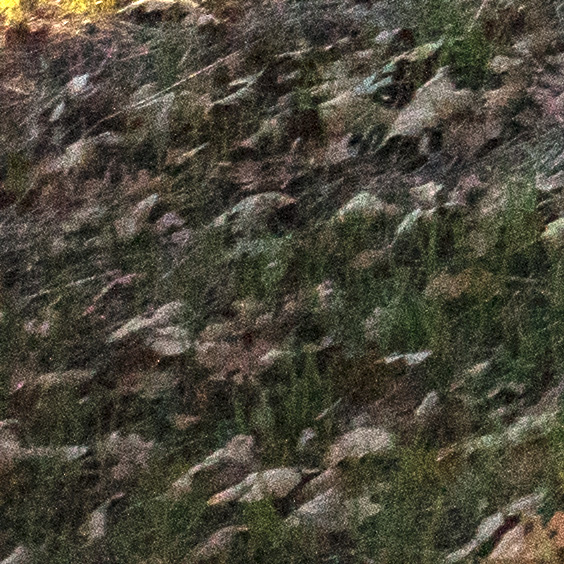
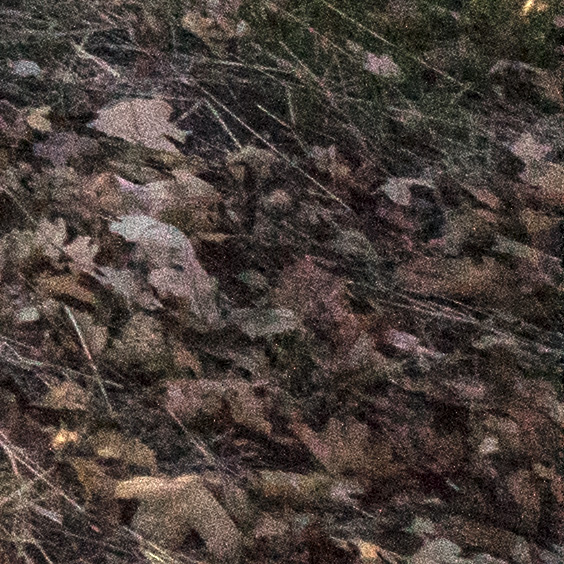
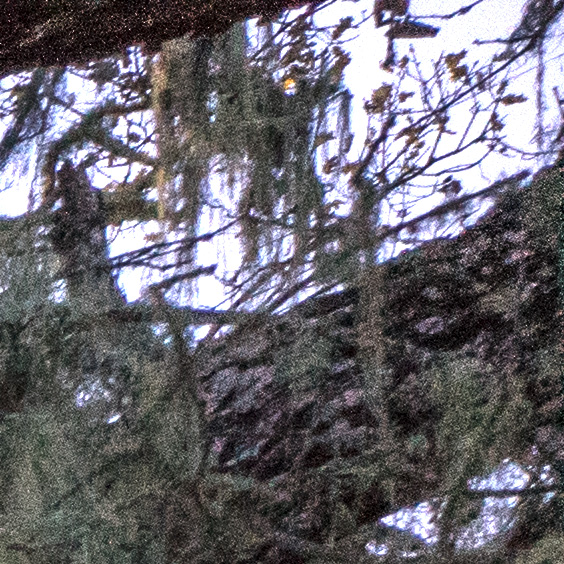
thank you for this article. I appreciate your work very much. At last I had to buy the Loxia m and asking myself now whether there is any risk to burn the sensor of my A7RII by taking a shot on a tripod holding the cam directly into the sun. And one more question: Is quality of sunstars better (=sharper) with shorter exposure? Thank you. With best regards.
It is possible to damage the sensor, but at the f-stops that produce the best sun stars, I think it is unlikely. Try to minimize the time the sun is focused at one point in the frame, however. Exposure duration has no effect on sunstars, within reason.
Let me chime in from the other side ?? I want my lenses to render point light sources as points, not as friggin huge stars. To me, this is purely an effect, like the aperture flares that are sometimes intentionally added because they remind people of Hollywood movies. If I wanted an effect, I d prefer to use an effect filter or add it in post. I think it s weird that one point light source gets rendered decidedly un-pointy effect coma is treated as a defect, but sunstars are considered a feature.